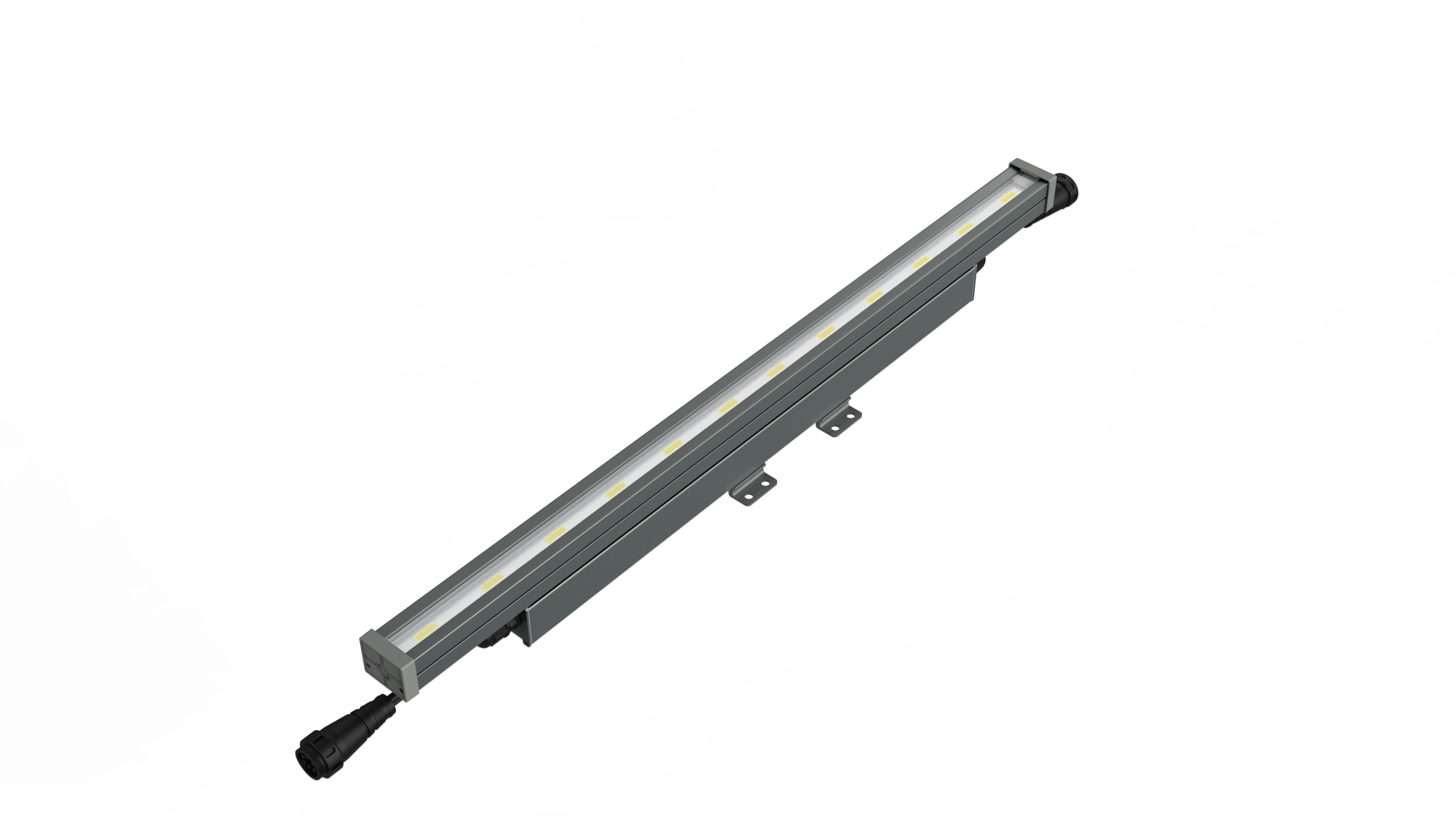Complete Overview of Wholesale LED Lighting in the US Market
Complete Overview of Wholesale LED Lighting in the US Market
Blog Article
The demand for energy-efficient lighting continues to rise across the industrial sector, and LED lighting leads the way.
Whether you're upgrading an existing lighting system or starting a new facility from scratch, these insights will guide your decision-making.
Let’s start by looking at the reasons why sourcing LED lighting wholesale is not only cost-effective—but also the smarter long-term choice for industrial facilities.
Why Choose Wholesale LED Lighting
Bulk purchasing lowers unit costs, simplifies logistics, and ensures product consistency across your facility.
Working distribuidora de lampadas de led with an LED importer or distributor helps secure better warranties, product availability, and technical support.
Whether you need fixtures for ceilings over 30 feet high or task lighting for assembly zones, buying in volume allows better system-wide integration.

Why Industrial Facilities Should Upgrade to LED Lighting
LEDs consume up to 75% less energy than traditional metal halide or fluorescent systems, significantly cutting monthly utility bills.
High-quality industrial LEDs deliver brighter, more uniform illumination, reducing shadows and minimizing workplace accidents.
Industrial LEDs also require less maintenance, thanks to their long lifespan—often exceeding 50,000 hours.
What Makes High Bay LED Fixtures Ideal for Industrial Spaces
These powerful lights deliver focused, even illumination across wide areas, ensuring that workspaces remain well-lit and compliant with safety standards.
This not only improves visibility but also enhances worker comfort and reduces eye strain, boosting overall productivity.
Advanced models, like the High Bay LED EVO, combine cutting-edge optics, durable construction, and smart features such as dimming or sensor integration.
Understanding the High Bay LED EVO Advantage
Whether used in warehouses, assembly lines, or cold storage facilities, they deliver consistent, high-quality light.
Additionally, the EVO model often comes with flexible mounting options, optical lens choices, and smart lighting capabilities like motion sensors or daylight harvesting.
Investing in High Bay LED EVO fixtures not only cuts operating costs but also supports sustainability goals by lowering carbon footprints.

What to Look for in an LED Importer
Experienced importers can offer insights into product selection, local compliance requirements, and after-sales support.
Transparent pricing, clear communication, and flexible contract terms are also key factors to consider.
Choosing the right partner sets the foundation for long-term success and maximum return on your LED investment.
Conclusion: Optimizing Industrial Lighting with Wholesale LED Solutions
When combined with top-tier products like High Bay LED EVO, businesses achieve not just cost efficiency but also operational excellence.
It’s not just about purchasing light fixtures—it’s about building a long-term partnership that helps your facility stay competitive and sustainable.
By acting now, you position your business at the forefront of innovation, reaping financial and environmental benefits for years to come.
Common Questions About LED Lighting for Warehouses
What are the benefits of buying LED lighting wholesale?
Buying LEDs wholesale lowers unit costs, simplifies logistics, ensures product consistency, and often provides better warranties.
Where are high bay LEDs typically used?
High bay LED lights are designed for spaces with ceilings over 20 feet, such as warehouses, factories, and gymnasiums.
What makes the High Bay LED EVO different?
The High Bay LED EVO offers advanced thermal management, flexible mounting, smart lighting integration, and superior energy efficiency.
Why does the right importer matter?
Look for suppliers with certifications, industrial experience, solid inventories, strong manufacturer ties, and excellent technical support.
How much can I save by switching to industrial LED lighting?
Industrial LED upgrades can reduce energy costs by up to 75% and maintenance costs by up to 50%.
Report this page